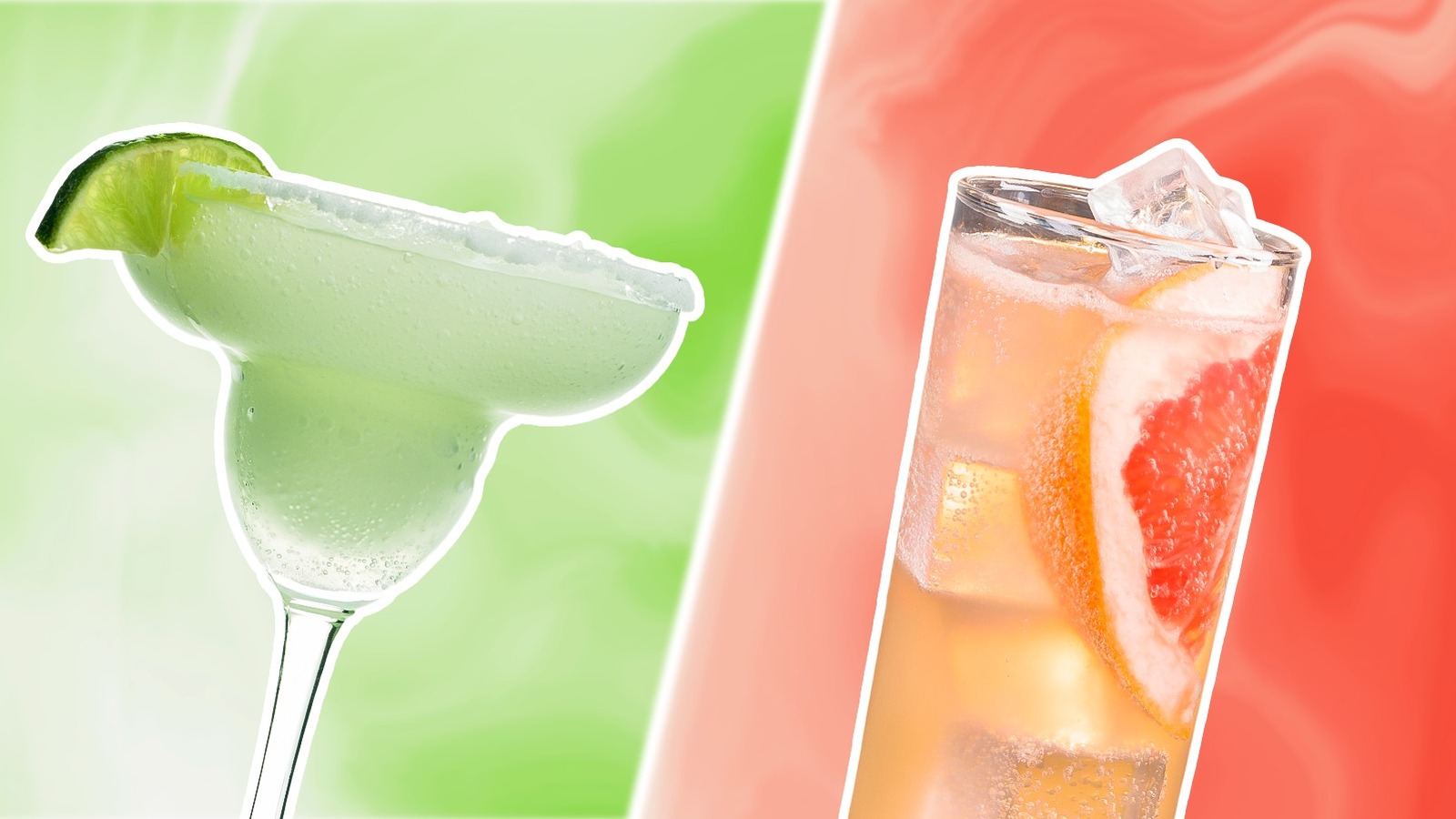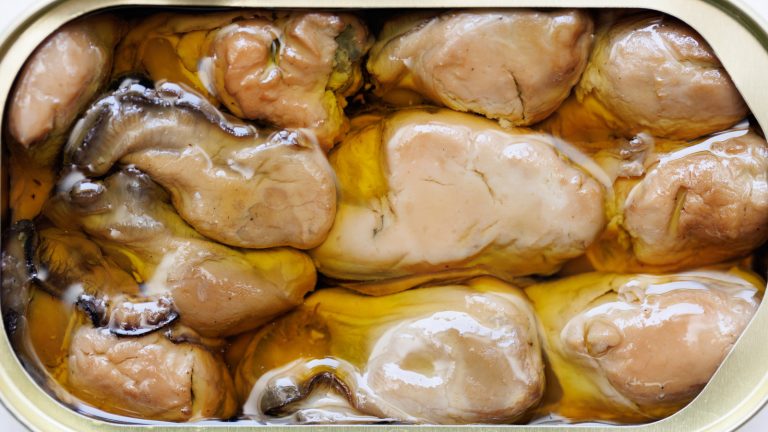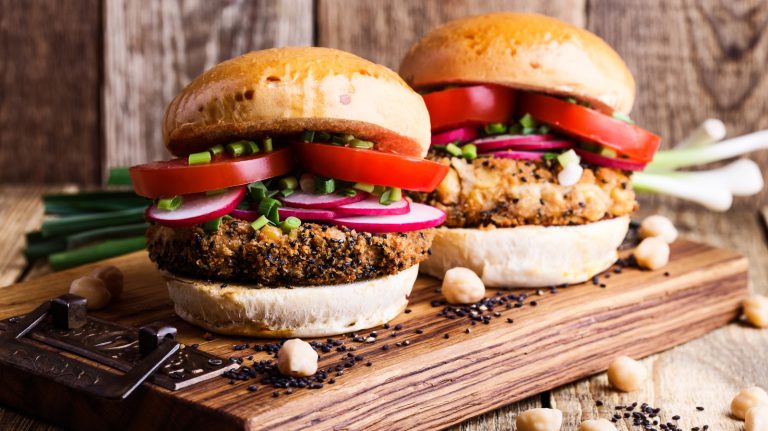Tequila cocktails offer a wonderful diversity of different options and flavors, but the margarita and paloma are so simply perfect that you might never need to learn another cocktail recipe. While there are plenty of artisan tequila-based cocktail creations, these two drinks are true crowd pleasers and require just a few simple ingredients that don’t need a mixologist to put together. They are also both endlessly customizable, built around a base of tequila and sharp citrus that plays well with everything fruity, spicy, and fresh. But beyond the obvious flavor differences, there is just enough about how margaritas and palomas are made to make them truly distinct. One is not a variation on the other.
Both margaritas and palomas use tequila and lime, but in margaritas, the lime juice is front and center, while in palomas, the star is grapefruit juice. Lime juice is more intensely sour than grapefruit juice, which makes margaritas more bracingly acidic, while palomas tend to have a more balanced, smooth mix of sour with sweet. And with a margarita, there really is one classic way to make it. The three main ingredients — lime juice, tequila, and the orange liqueur triple sec for sweetness — are shaken with ice, which helps to dilute and emulsify the drink. The lime juice should always be fresh, as bottled lime juice can be bitter and low quality. But the original way that the paloma is made isn’t as dependent on fresh juice.
Margaritas get a fresh sour taste from lime juice compared to the sweeter grapefruit mixture of palomas
While cocktail bar palomas are often mixtures of fresh grapefruit juice with lime, tequila, and agave syrup as a sweetener, that is not actually the original paloma. The classic Mexican paloma is a simple mixture of tequila and grapefruit soda, a basic spirit and soda recipe much like a rum and coke or gin and tonic. The classic choice is Squirt, although Mexican soda brands like Jarritos also make good grapefruit soda substitutes. While the mixture of soda and tequila can also have a squeeze of lime added for a little extra bite, it’s not a traditional part of the classic combo. Nowadays, both the fresh juice and soda versions of the paloma are popular, and to mimic the fizz of the soda, you can also make a zesty paloma with grapefruit juice, tequila, and soda water.
Beyond the different citrus base and the addition of carbonation, a margarita and paloma will be slightly different in what other flavors they work with. Both have great spicy versions with additions like jalapeño or a Tajín rim, but margaritas tend to be better with fruit juice additions. The acidic lime is well suited to be balanced out by sweeter additions, while a paloma is already more mild. However, adding fresh muddled fruit or more sour fruits like passion fruit can work with palomas. Both cocktails are versatile; they just need to be treated a little differently.






